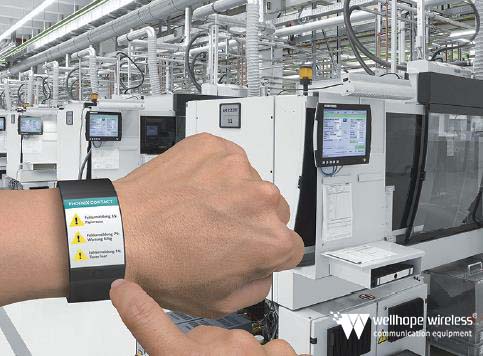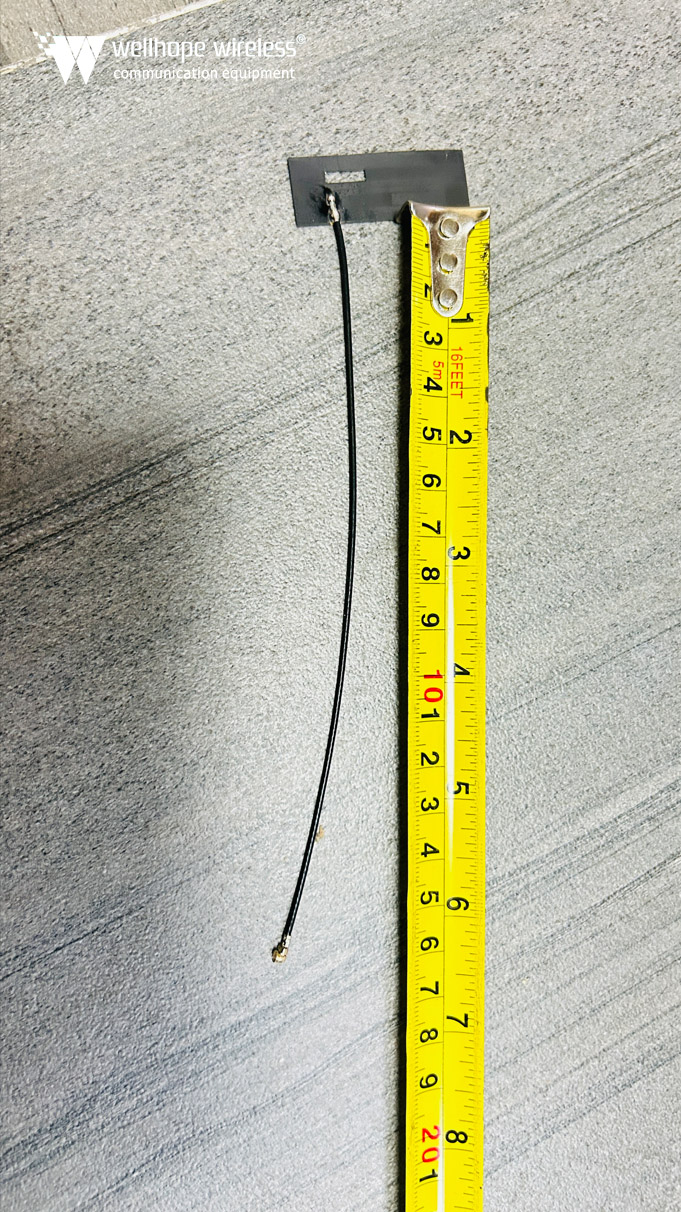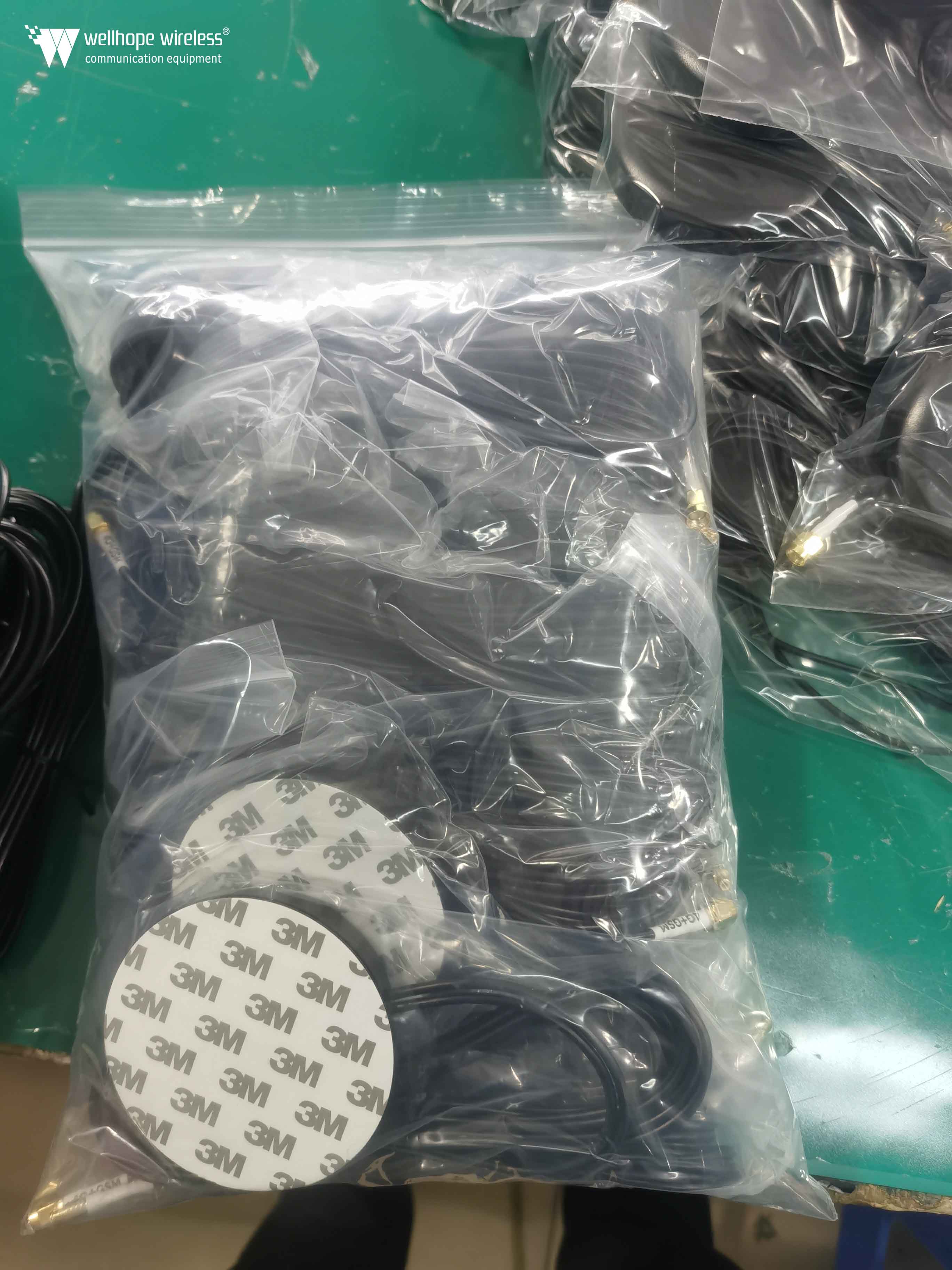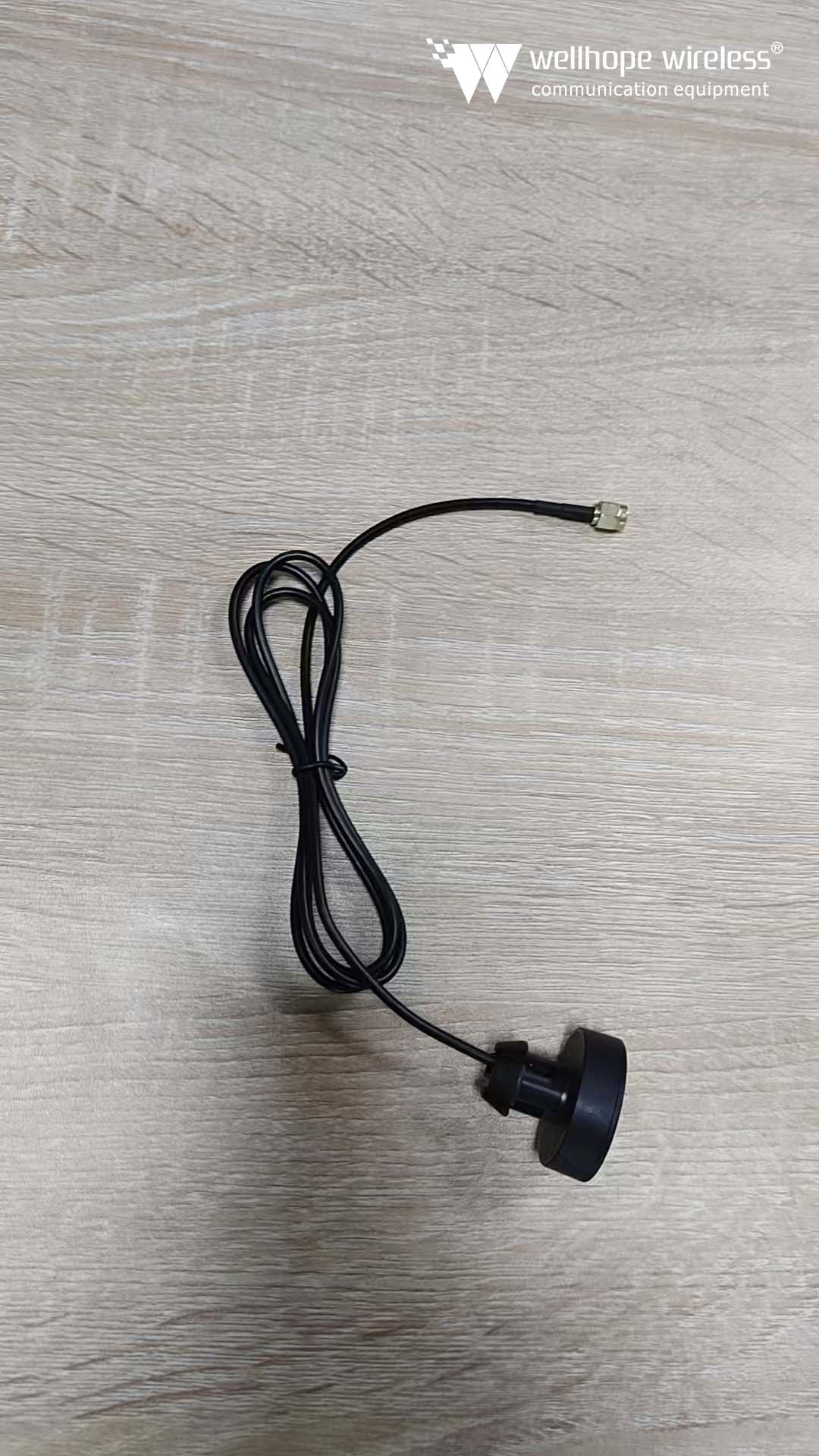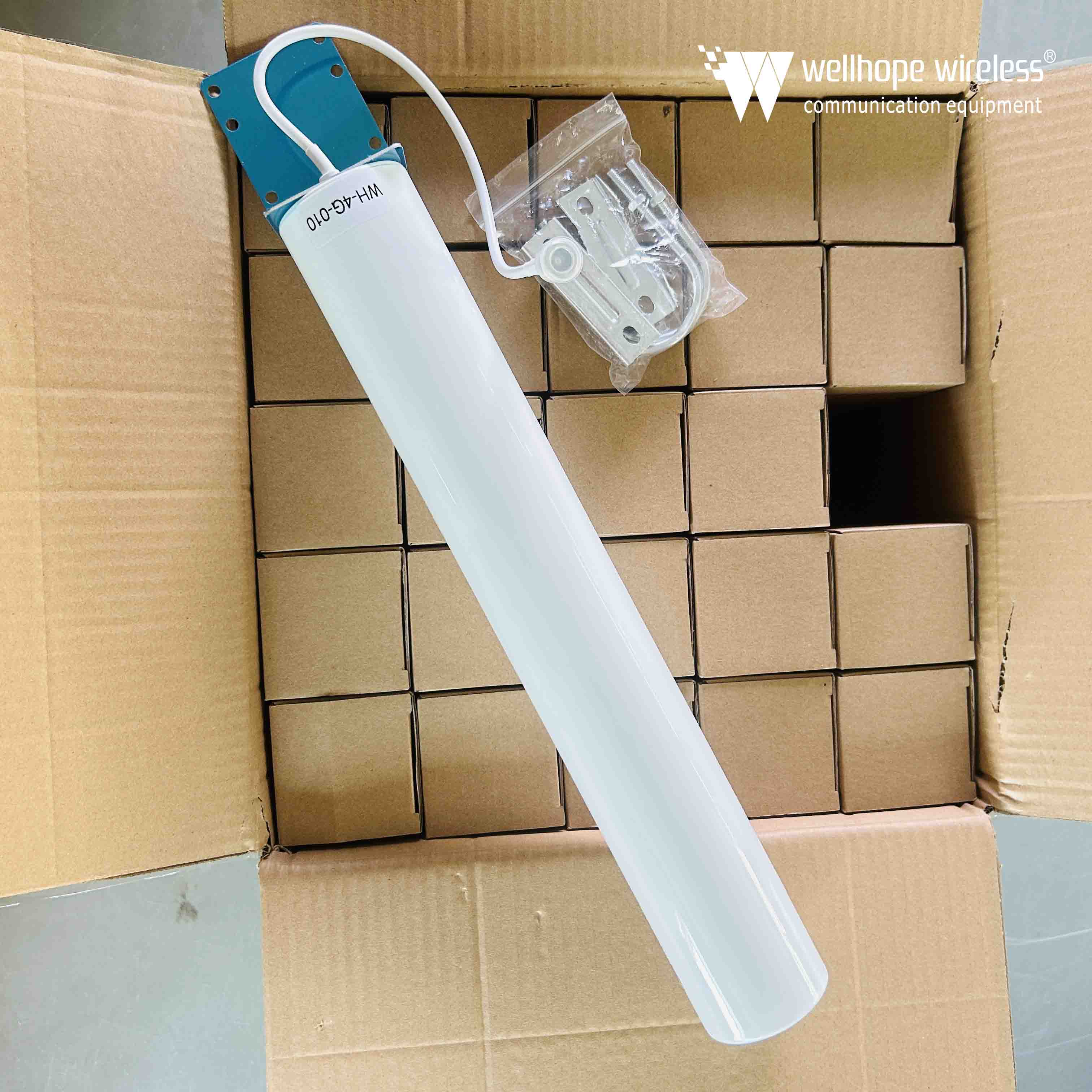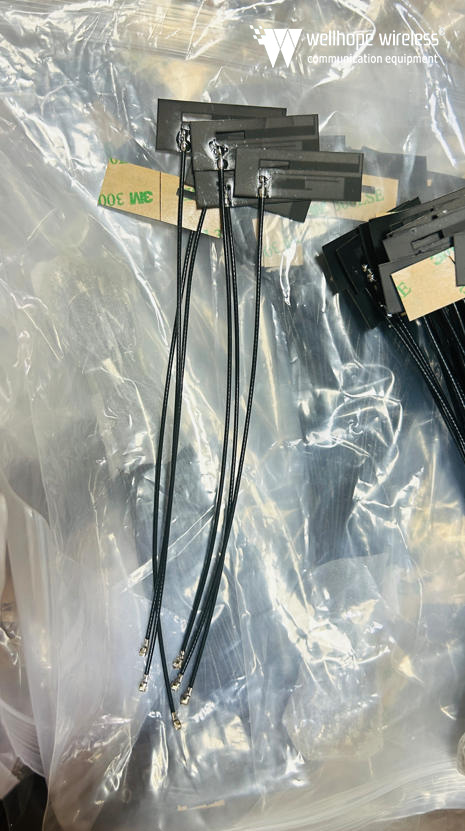How do you deploy an industrial wireless network? --These not inconsiderable details determine its success or failure!
Expected to finish reading in 5 minutes
In industrial facilities, the use of wireless networks can create enormous value and help companies save significant costs. With well-thought-out and properly designed implementations, it is possible to provide information from point A to point B with the same reliability as a wired network. It saves money and brings more convenience to users. There are many variables and unknowns to consider when designing a wireless network: the people who make up the network may not be able to "see" the whole picture.
With a wired network, people can know where data is going and what else is "in the network" and can predict network performance. The same is true for wireless systems if the right steps are taken in the design and verification process. When you start designing a wireless network, it is important to define the who, what, when, where, and why associated with the device.
Who will support and maintain the wireless network?
When discussing the implementation of a wireless network for the first time, it is important to find out who is supporting the project and who will use it and be responsible for maintaining the network. Because these people may come from completely different groups, they may have different views on how to implement a wireless network.
Will the engineering team or the management team be supporting the project? Each team has a different goal. The engineering team aims to find the best solution to a problem, and does not necessarily focus on the cost of the system while it solves the problem. The management team may be more focused on the return on investment and cost of the system. To make the design process more manageable, you need to understand the composition of the teams that can be involved (or sometimes both). And how your needs can be met with a logical solution is very important.
Figure 1: Typically, TO engineers prefer to have access to data in a visual and readable form in order to interpret it effectively. Image credit: Phoenix Contact
For the daily work of the device, Operations Technology (OT) engineers focus on application-related network data. They want to access data visually and legibly so that it can be interpreted effectively, for example, the Human Machine Interface (HMI) screens or web pages of Ethernet devices. Information technology (IT) engineers are also interested in the data, but more interested in the raw formats. They want to be able to use everyday tools to manage, maintain and configure wireless systems. When managing these functions, IT engineers prefer to use a command line interface rather than a network administrator.
Identifying Wireless Network Scenarios
In the process of designing a wireless network, the details of specific application scenarios can be one of the most overlooked issues. It is necessary to understand what the specific user expectations are for wireless network applications. It is not enough to ask "what do you want me to do? What the user wants the network to do and what they may actually end up doing can be two completely different things.
For example, if a client expresses a need for remote access to a programmable logic controller (PLC), it sounds like a simple application. But if other details are added, it can lead to very different results: for example, if this PLC is 5 miles away, there is no wireless infrastructure and no requirement for data to be available 24/7. It is important to go deeper and understand the needs and expectations of your customers. Knowing all the customer's needs in advance makes it easier to provide the right solution.
Using these details, the design engineer can discuss all possible options with the customer in a precise manner. Discuss achievable and unachievable goals and provide realistic estimates of what it is expected to cost to achieve the results, or provide an alternative, though potentially less costly, approach. Design engineers can evaluate, test and verify designs based on these expectations.
Timeline for plan implementation
Understanding the project timeline is important because it can help develop a viable wireless solution. Some projects have long lead times, including specifications, bidding, design, testing, installation and verification. Some projects may take me
whwireless.com


















 News
News

